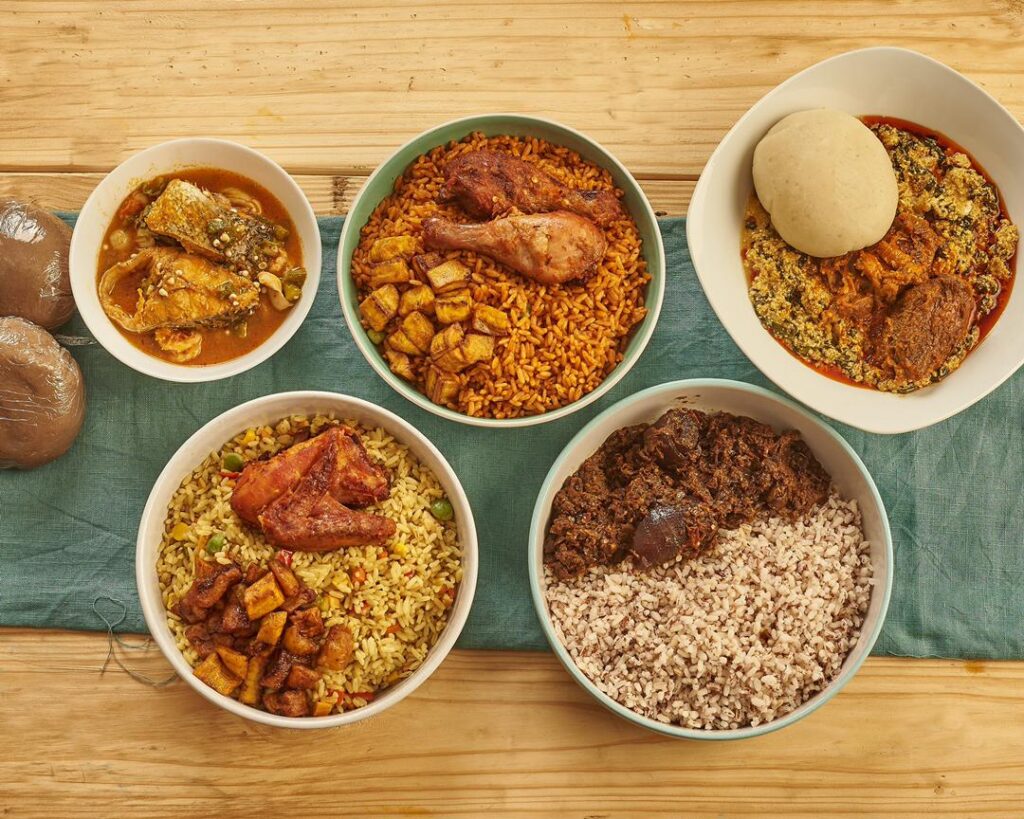
Sudan’s cuisine is a harmonious blend of indigenous ingredients, historical influences, and regional variations that reflect the nation’s unique heritage. In this article, we will take you on a flavorful journey through Sudan’s foods and the indigenous ingredients that make them so special.
The Diverse Ingredients of Sudan’s Cuisine
- Sorghum: Known as “dura” in Sudan, sorghum is a staple crop and the heart of Sudanese cuisine. It is ground into flour to make “kisra,” a fermented flatbread that accompanies many dishes.
- Millet: Millet, locally referred to as “dukhn,” is another essential grain in Sudanese cooking. It’s used to make “kisra” as well as “asida,” a thick porridge often served with a variety of stews.
- Ful Medames: These are boiled and mashed fava beans, often eaten as a breakfast dish with bread or added to sandwiches for extra protein.
- Okra: Known as “bamia,” okra is a popular vegetable in Sudan. It’s often used in stews and served with rice or bread.
- Date Palms: Sudan boasts an abundance of date palms, and dates are a staple in the country’s desserts and snacks.
- Hibiscus: Known as “karkadeh,” dried hibiscus flowers are used to make a refreshing tea that is a favorite beverage throughout Sudan.
- Sudanese Spices: A variety of spices, including ginger, garlic, coriander, cumin, and fenugreek, are used to season dishes and add depth to Sudanese cuisine.
Flavorful Sudanese Dishes
- Mulukhiyah: A hearty green stew made from the leaves of the mulukhiyah plant, often cooked with chicken, beef, or lamb and served over rice.
- Shaiyah: A traditional Sudanese dish consisting of spiced meat, usually lamb or beef, cooked with vegetables and served with bread or rice.
- Bamia: Okra stew, often cooked with tomatoes, garlic, and various spices, is a comforting and nutritious meal.
- Molokhia Soup: Molokhia, or jute leaves, are cooked into a thick, savory soup that’s served with bread or rice and typically garnished with garlic and lemon.
- Kebabs: Sudanese kebabs are seasoned with a blend of spices and served with bread, rice, or salad.
- Assida: This porridge-like dish made from millet is often enjoyed with a rich tomato and meat-based stew, providing a unique combination of flavors and textures.
Preserving Tradition and Celebrating Diversity
Sudan’s culinary landscape reflects the country’s rich history and the blending of various cultural influences, from Arabic to African. It is a testament to the resilience of Sudanese people who have maintained their traditions despite challenges.
In recent years, there has been a growing appreciation for Sudanese cuisine not only within the country but also internationally. Sudanese restaurants and food festivals have popped up around the world, introducing the global community to the delicious flavors of Sudan.
As Sudan continues to embrace its culinary heritage, it offers the world a unique opportunity to explore the wealth of flavors, ingredients, and traditions that make its food so special. It’s a journey worth taking for anyone seeking to savor the richness of Sudanese culture through its delectable dishes and indigenous ingredients.
